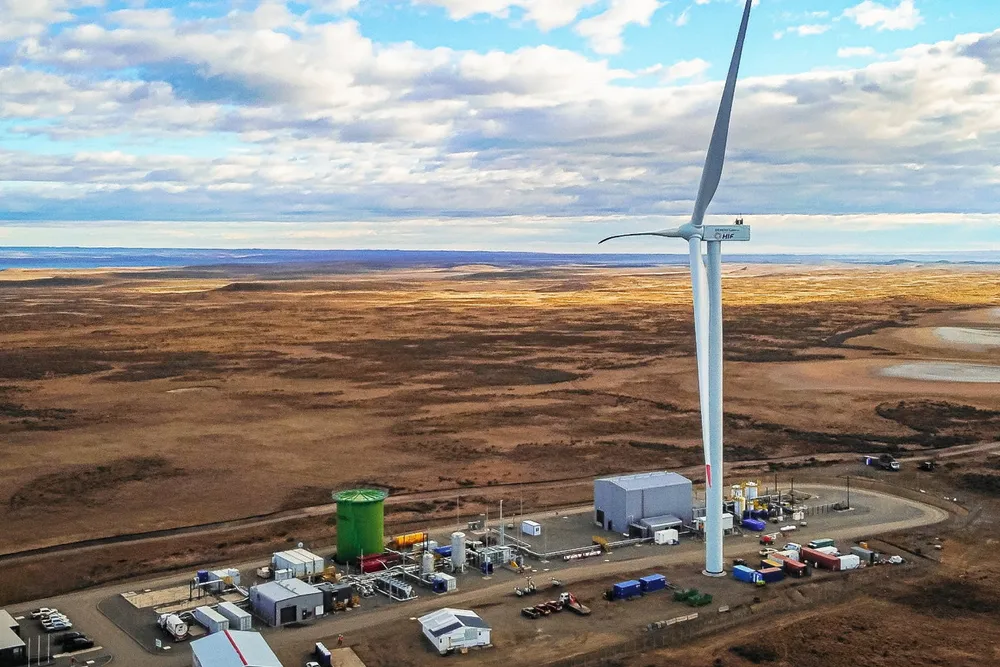First batch of e-fuel, made from green hydrogen and captured CO2, heading from Chile to UK for Porsche testing
The initial 2,600 litres of carbon-neutral synthetic gasoline produced at the landmark Haru Oni project has begun its month-long journey across the Atlantic
